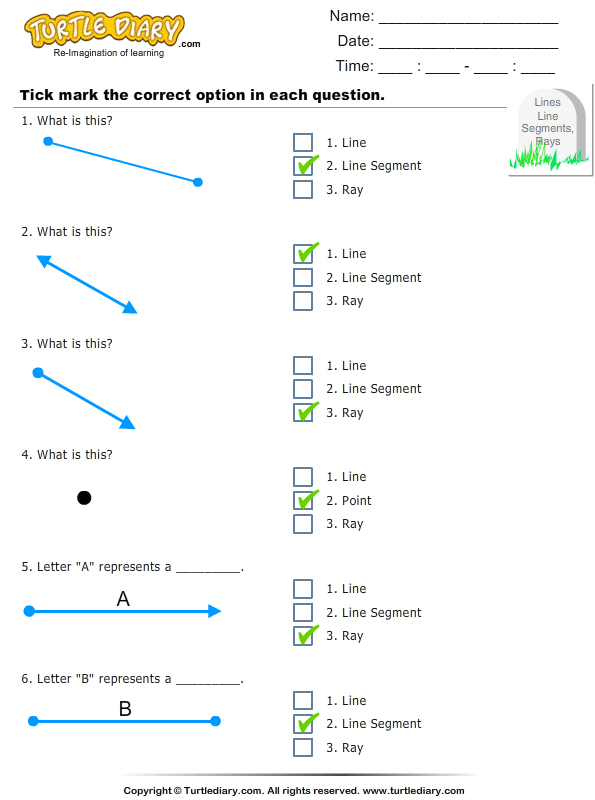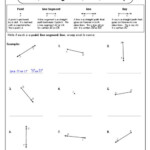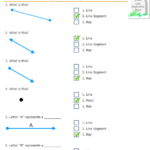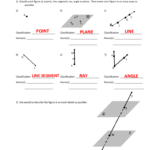Points Lines Line Segments Rays And Angles Worksheets – If you’re looking for Line Angle Worksheets, you’ve come to the right place. These printables will help you to improve your math skills as well as teach the basics of angles and lines. They also help you learn to read and use a protractor. These worksheets can also help you to classify angles and determine the relationship between them.
Use a protractor to practice reading and using it.
When reading angles, you need to use a protractor. The protractor has two scales – an inner scale and an outer scale. The inner scale is used for angles that open to the right, and the outer scale is used for angles that open to the left. Students can practice reading protractor scales by using printable exercises. These exercises will also help them determine the size of angles using one degree increments.
Students can practice using a protractor on the worksheets. Each worksheet features 6 problems using a protractor to make an angle. There are also 20 problems identifying angles. Students must understand how to read protractors and make measurements.
Classify angles
There are three types of angles: right, acute, and obtuse. A protractor should help you distinguish between the three types. The right angle measures 90 degrees and is usually the easiest to identify. Avoid angles that aren’t quite right. Also, ensure that angles on the last worksheet are close to right angles.
The classify line angle worksheet can be a great way for students to understand the different classifications of angles. These worksheets are ideal for students in grades four, five, and six. They will help students identify different types of angles and give them more confidence.
Alternate interior angles
Students in grades four through eight are introduced to line angle worksheets, which include alternate interior and alternate exterior angles. The first refers to angles that do not form a straight line. They are created by crossing two parallel lines. While the latter refers to the angles formed by crossing two parallel lines in a different way, they are not necessarily congruent.
Alternate interior angles are angles with two vertices that lie on different sides of a parallel line. They are also called co-interior angles. There are many types of angles with similar dimensions.
Recognizing angles from both sides
When you are studying geometry, it’s important to understand how to identify the sides of line angles. These angles are an important part of geometry and are usually introduced to fourth-graders. These concepts can be confusing for some students. As a result, you may want to consider hiring a tutor or enrolling your child in a maths tutoring course.
An angle is something you may have seen in your daily life. A protractor is a useful tool for identifying angles, and it measures them in degrees. Angles can be divided into two sides: one side is the initial and another side. The first side of a line is the straight one, while the second side is the angle’s opposite.





